I am not a dietician and I don't know if this qualifies for "low sodium" or whatever. I'd estimate it to be about 230-250mg of sodium per serving on the chicken and the gravy (not including about 30-60mg for the green beans and mashed potatoes with butter) so it seems pretty low to me.
I make this one quite a bit since it is simple. It is also something I can mix up and change if I want to by adding more or less seasonings. Unfortunately I did not take the measure of the spices I used, since I for this one I just sprinkle them on (sorry but that's just fair warning). This is more a guideline than a recipe, take the measurements with a grain of salt (pardon the pun).
To make this I first butterfly and quarter three skinless and boneless chicken breasts, then I sprinkle them with a light to moderate coating of the following (note the values for teaspoons used is an estimate):
Onion Powder ( 1 teaspoon)
Granulated Garlic (2 teaspoons)
Bragg Sprinkle Seasoning ( 2 teaspoons)
Weber Roasted Garlic and Herb Seasoning (1 1/2 teaspoons, or just a bit more to cover) - if you are not watching salt, use 2 teaspoons.
Cornstarch (1 teaspoon) - Optional
The sauce will later require the following:
1 packet of HerbOx Sodium Free Chicken Bullion
1 4oz Can of Sliced Mushrooms
1-2 teaspoons of Cornstarch (possibly more, used to thicken the gravy)
Note that the Weber seasoning is not salt free, so that will add sodium (it has 90mg per 1/4 teaspoon). I estimate that I usually use less than 1 and a half teaspoons, with this chicken recipe (sometimes a bit more if needed to cover the chicken). This usually makes 4 servings so that should be low sodium, but you can adjust as needed for your diet requirement. Since there is only one seasoning in this recipe though (the Weber Garlic and Herb seasoning), it makes it a bit simper to control the total sodium. It does seem that a good deal of the sodium will end up in the sauce though, and I usually end up with extra sauce left over (so the sodium that is actually consumed will also depend on how much of the sauce is used per portion).
I make this one quite a bit since it is simple. It is also something I can mix up and change if I want to by adding more or less seasonings. Unfortunately I did not take the measure of the spices I used, since I for this one I just sprinkle them on (sorry but that's just fair warning). This is more a guideline than a recipe, take the measurements with a grain of salt (pardon the pun).
To make this I first butterfly and quarter three skinless and boneless chicken breasts, then I sprinkle them with a light to moderate coating of the following (note the values for teaspoons used is an estimate):
Onion Powder ( 1 teaspoon)
Granulated Garlic (2 teaspoons)
Bragg Sprinkle Seasoning ( 2 teaspoons)
Weber Roasted Garlic and Herb Seasoning (1 1/2 teaspoons, or just a bit more to cover) - if you are not watching salt, use 2 teaspoons.
Cornstarch (1 teaspoon) - Optional
The sauce will later require the following:
1 packet of HerbOx Sodium Free Chicken Bullion
1 4oz Can of Sliced Mushrooms
1-2 teaspoons of Cornstarch (possibly more, used to thicken the gravy)
Note that the Weber seasoning is not salt free, so that will add sodium (it has 90mg per 1/4 teaspoon). I estimate that I usually use less than 1 and a half teaspoons, with this chicken recipe (sometimes a bit more if needed to cover the chicken). This usually makes 4 servings so that should be low sodium, but you can adjust as needed for your diet requirement. Since there is only one seasoning in this recipe though (the Weber Garlic and Herb seasoning), it makes it a bit simper to control the total sodium. It does seem that a good deal of the sodium will end up in the sauce though, and I usually end up with extra sauce left over (so the sodium that is actually consumed will also depend on how much of the sauce is used per portion).
Once the raw chicken is seasoned, I add a tablespoon of oil (Safflower or any high temp cooking oil) to the instant pot, and put it on saute (high). When it heats up, I then just brown the chicken on each side (about 2 min per side). Next I remove the chicken, put the wire rack in the pot, and add about 1 to 1 1/2 cups of water, or (in my 3qt Instant Pot), enough to fill the bottom at least half way or more to the top of the wire rack. Note that when removing the chicken, the spices, especially the granulated garlic, can burn quickly when the pot is empty, so try and get the water in quickly. If it appears that there is a lot of burned stuff in the pot, just dump it out, rinse the pot to get the bulk of the burned stuff out and then refill it with water. If that occurs then I will usually add some of the weber seasoning back to the pot, either on top of the browned chicken or in the water (usually 1/4 teaspoon or so). Then, to the water, I add 1 packet of Herb-ox Sodium Free Chicken Bullion, and mix that up till it is dissolved. The chicken then goes back into the pot (on top of the wire rack), and cooks on the "meat/stew" setting, at "normal" heat for 10 minutes with another 15-25 minutes to allow it to naturally release the pressure. When it's done, I check the the chicken with a meat thermometer, and verify it is at least 165°F. Then I remove the chicken (carefully since it will fall apart), and then I usually put it in the toaster on low to keep it warm while I make the sauce. The liquid left in the pot will be used as the base for the sauce.
To make the sauce, open one 4oz can of sliced mushrooms (about 400mg per can), drain it and dump it in the pot with the liquid left over from cooking the chicken. Then set the pot to saute (medium) to get it simmering. While waiting on that to happen, add 1 tablespoon of corn starch to a cup and mix it with a minimal amount of water until it is smooth with no clumps (the slower it is added the better). Once the liquid in the pot is simmering, add the some of the cornstarch mix and stir it in. If it does not thicken enough, repeat with more cornstarch till it is the desired thickness. This is the point where I give the sauce a taste, to see if it needs more of something, noting that is is a low sodium recipe. If it needs more salt just add some, or add some salt substitute or low sodium soy sauce to taste, and that's it The amount of salt added will of course change the amount of sodium in the dish.
Updated 7/30/2022 to correct the cooking time which was too long originally
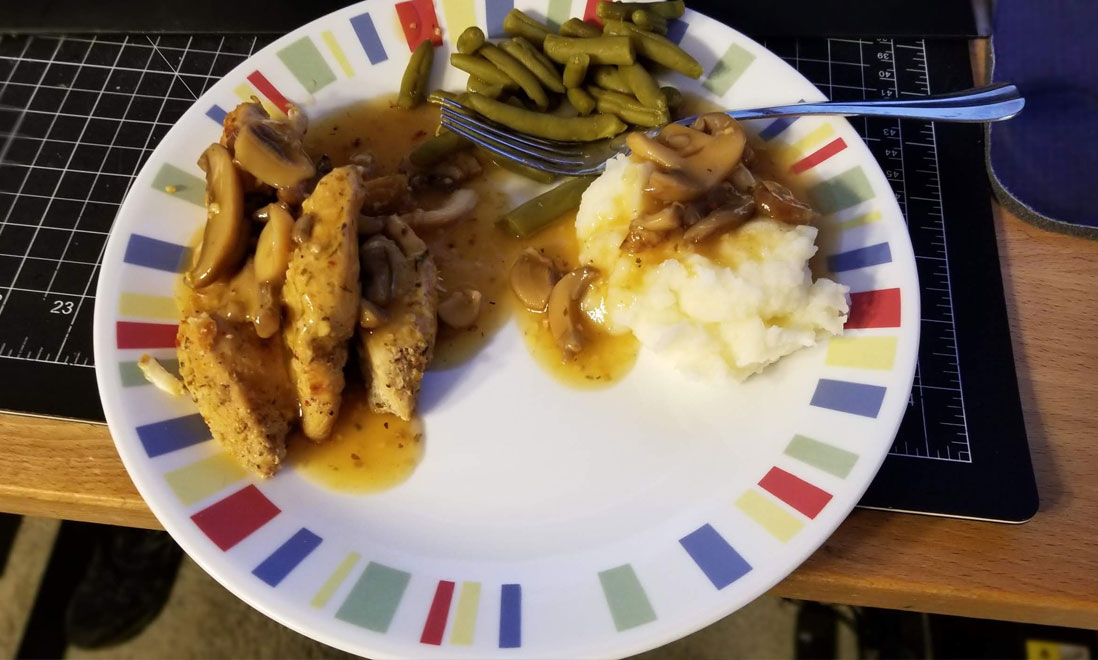
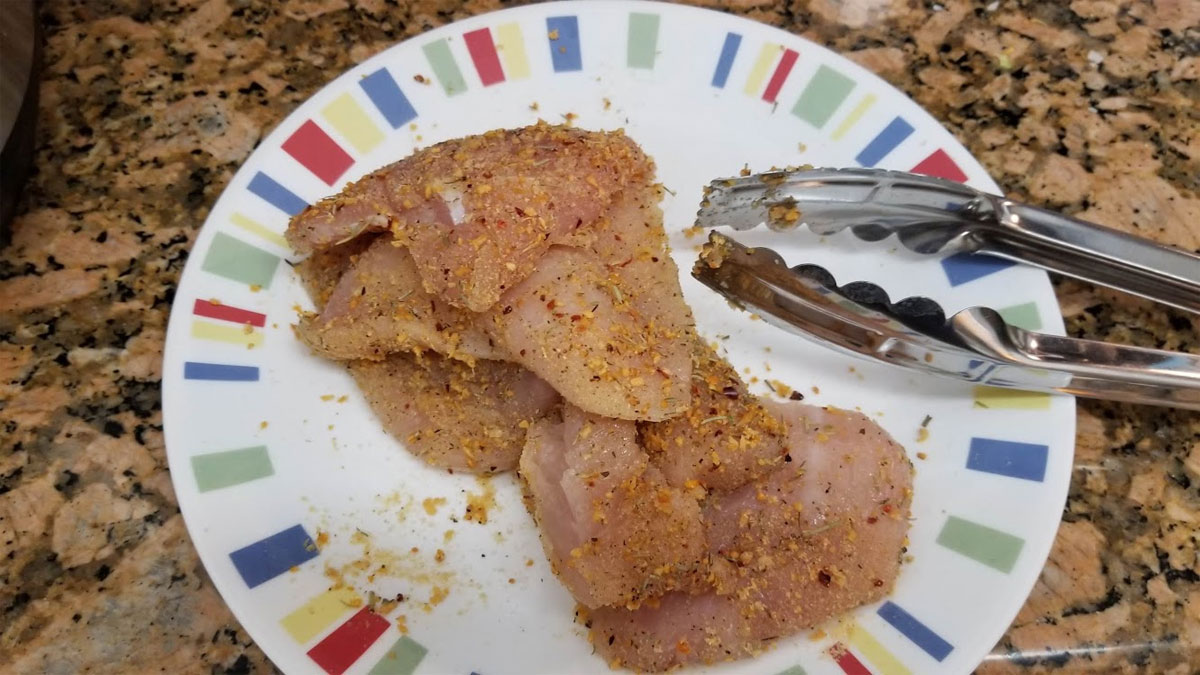
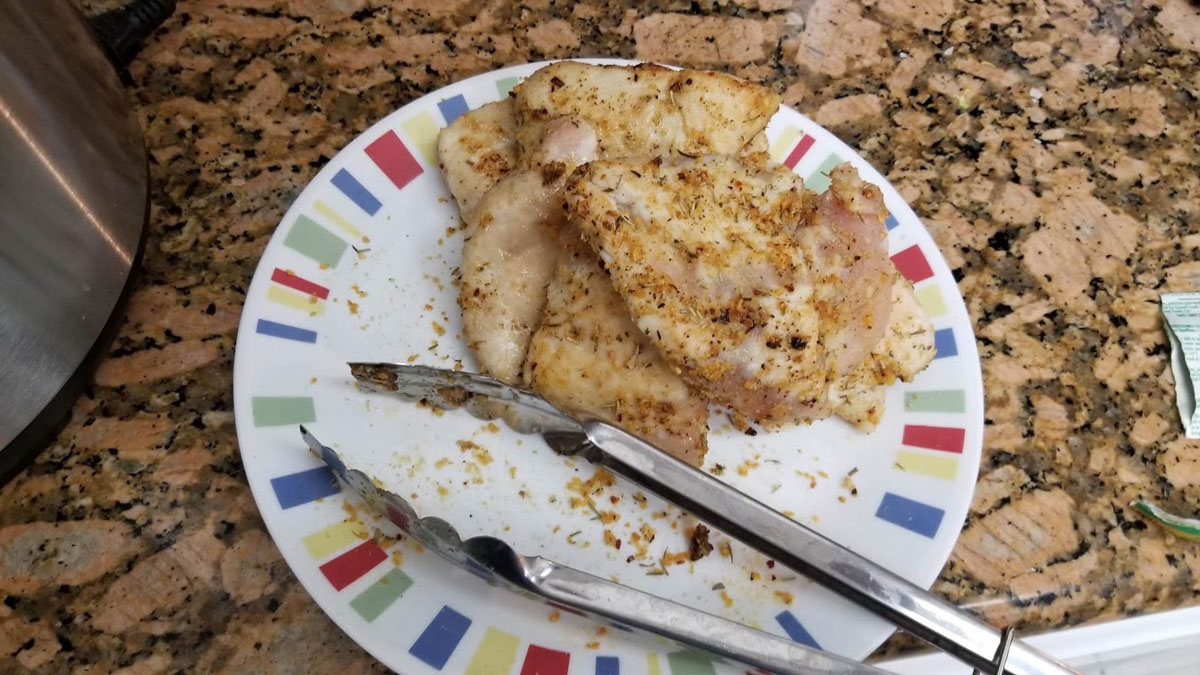
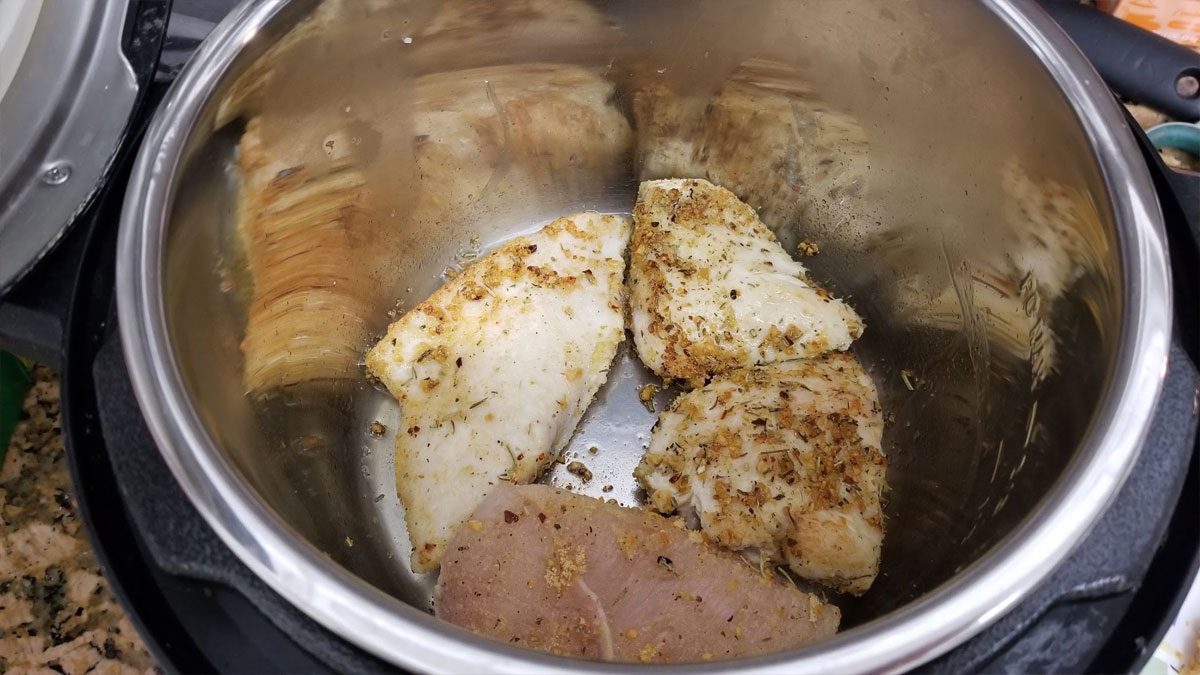
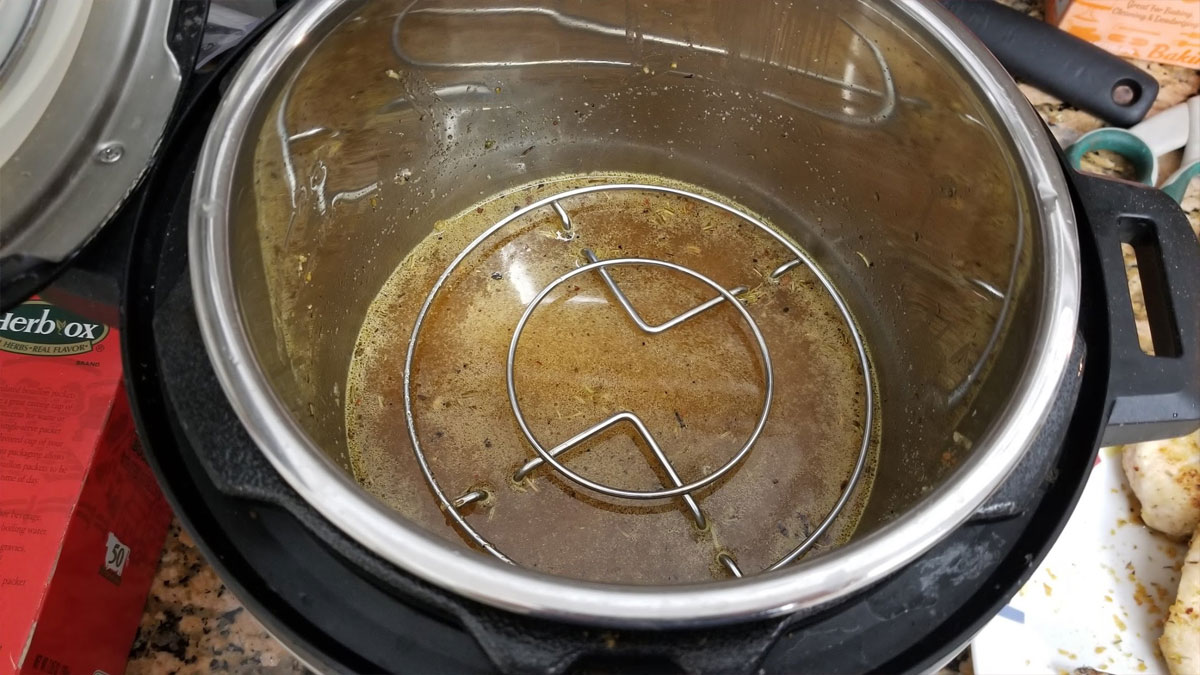
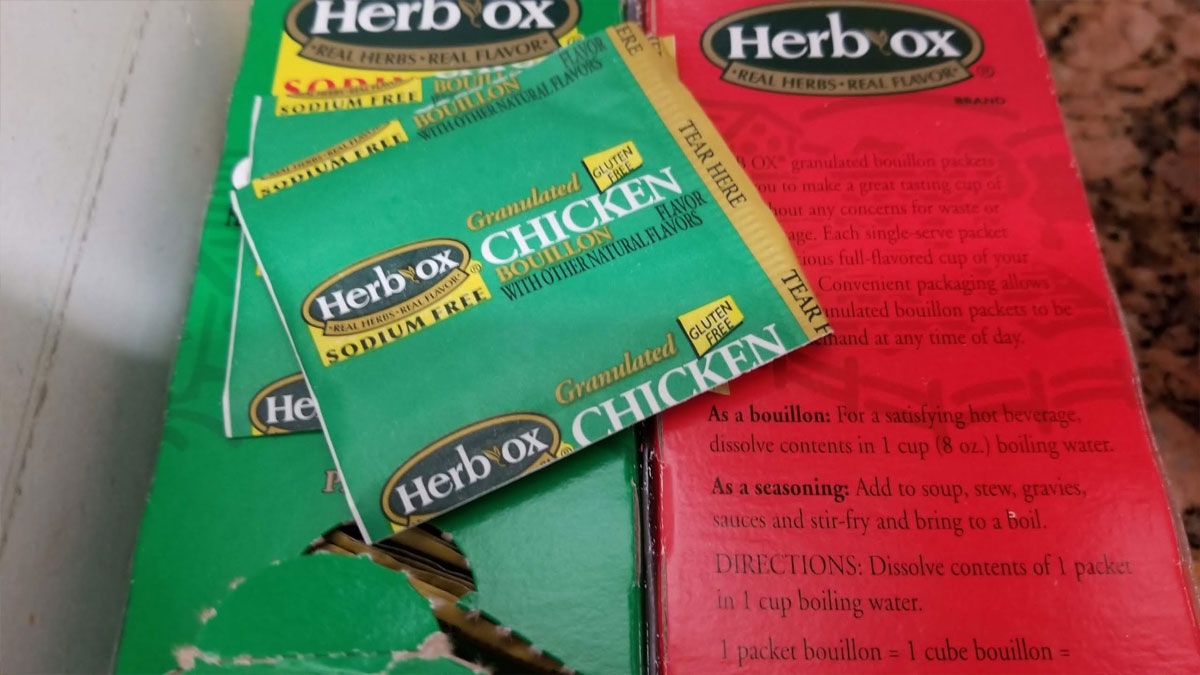
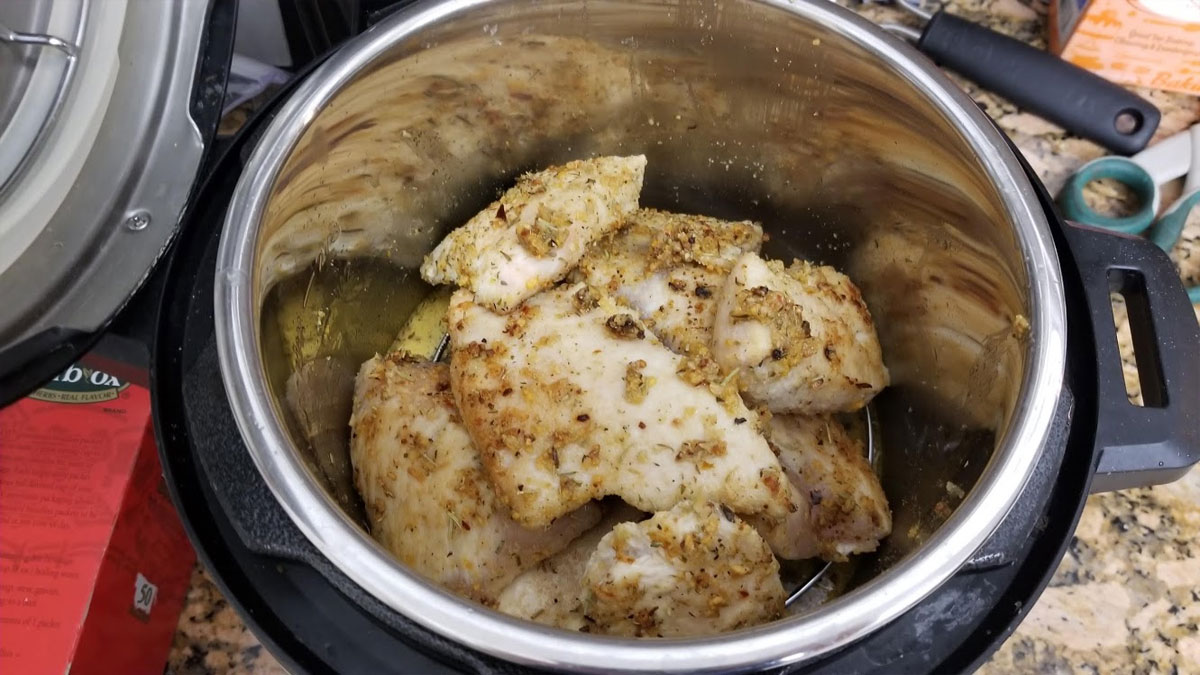

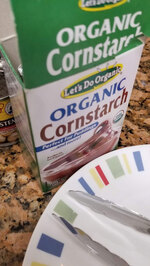
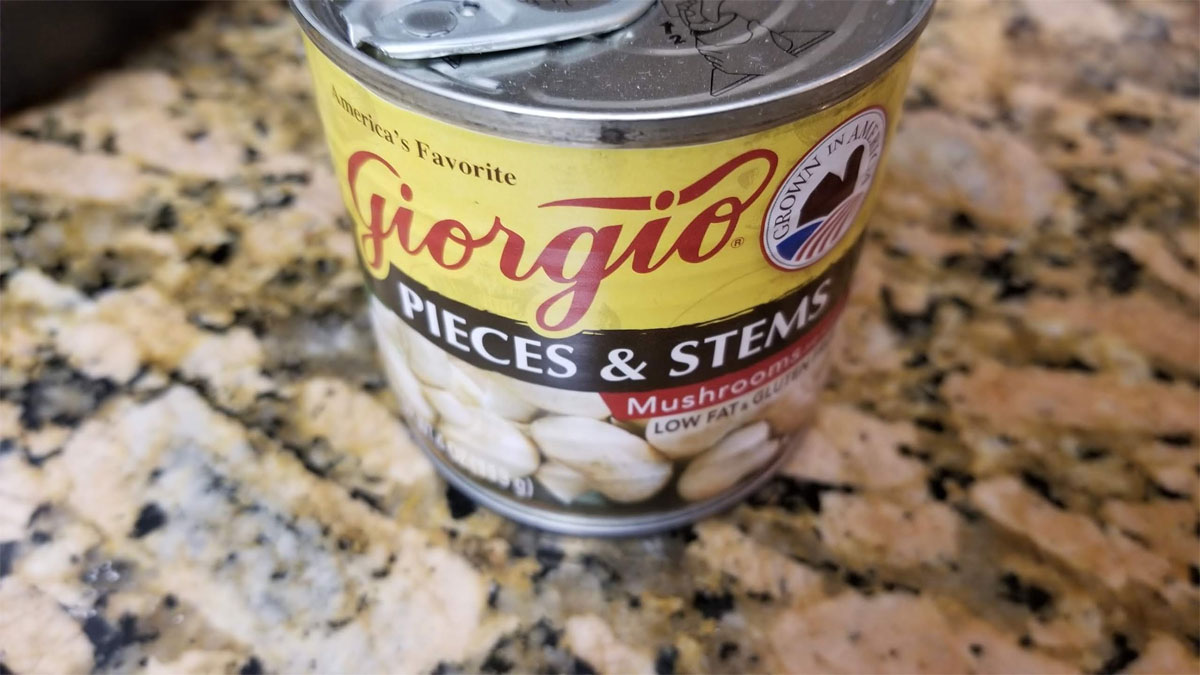
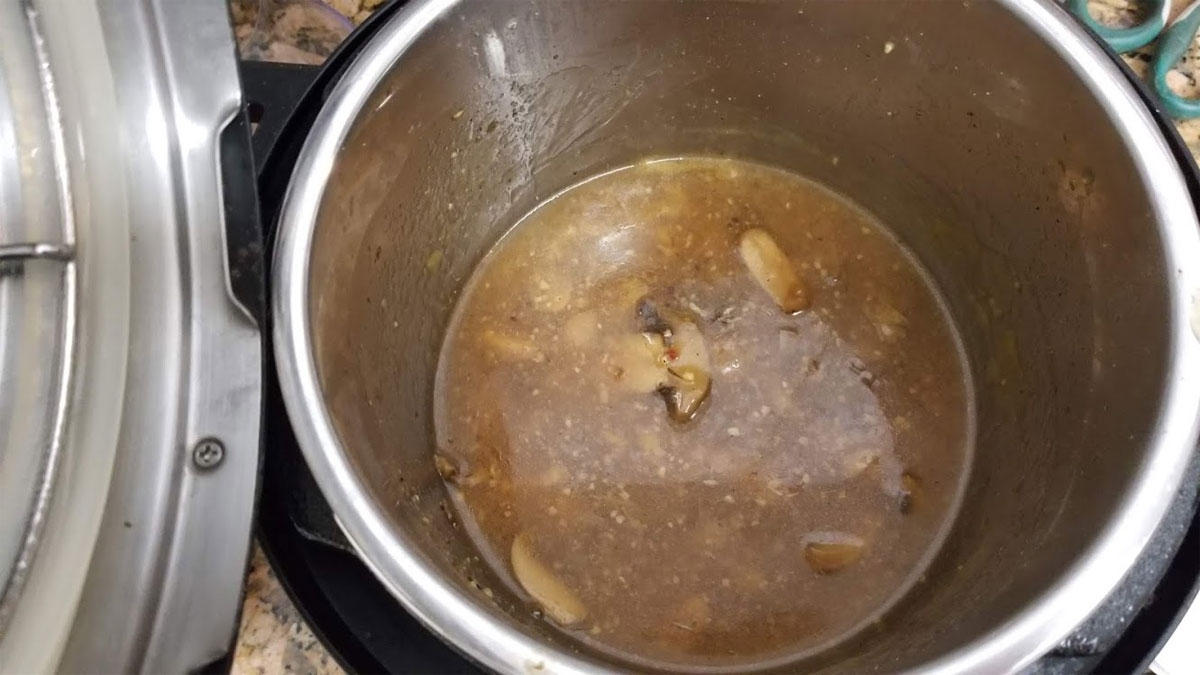
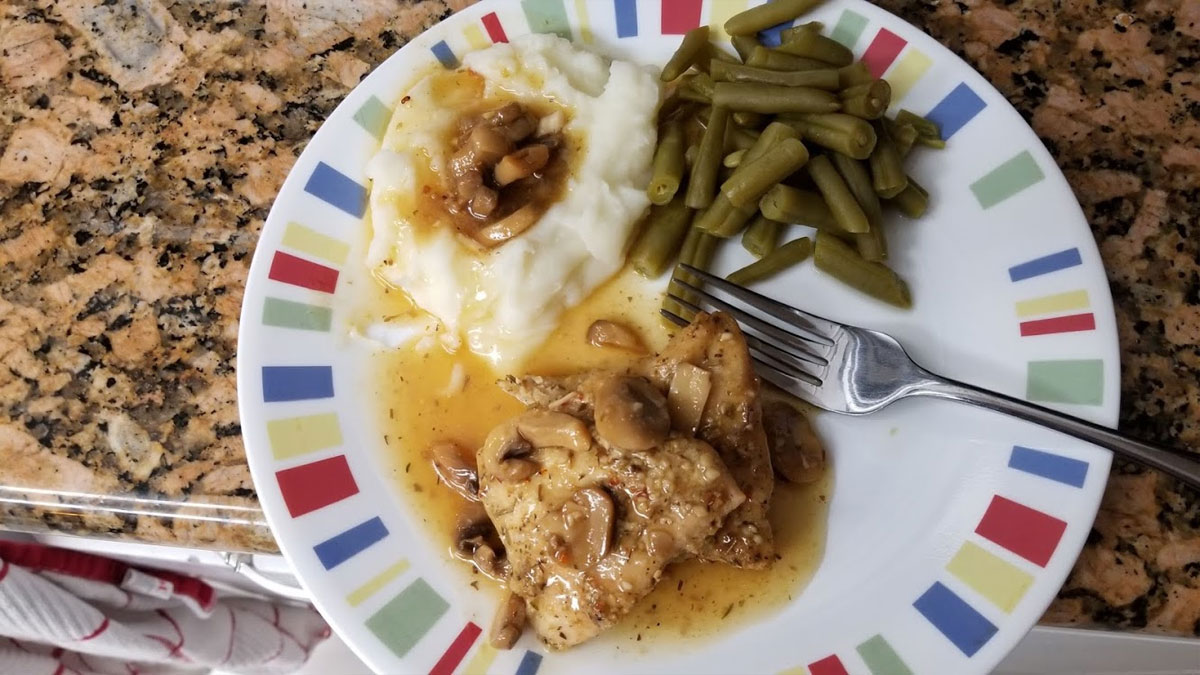
 RSS Feed
RSS Feed
